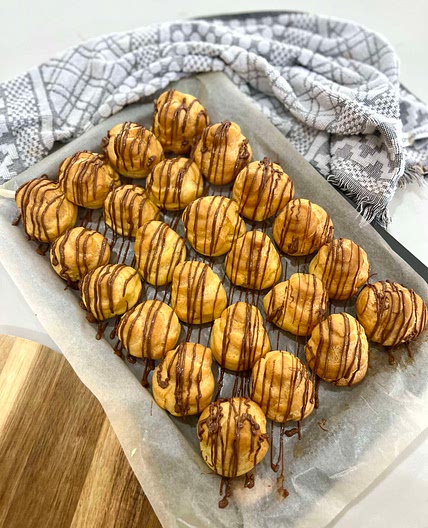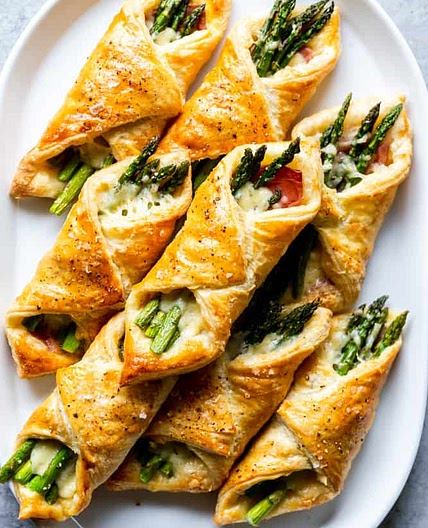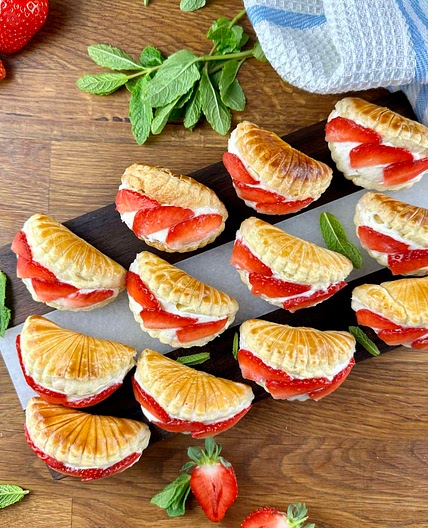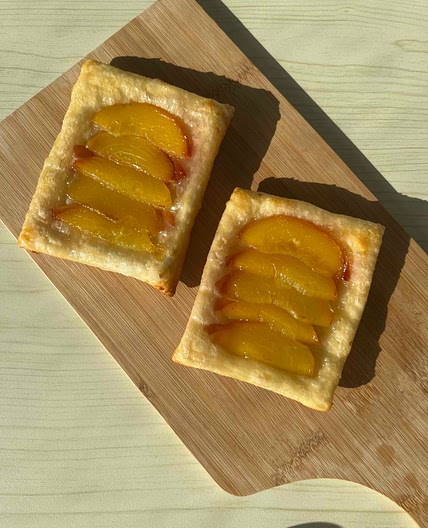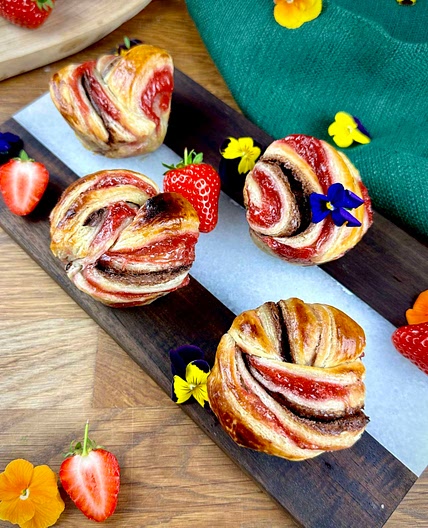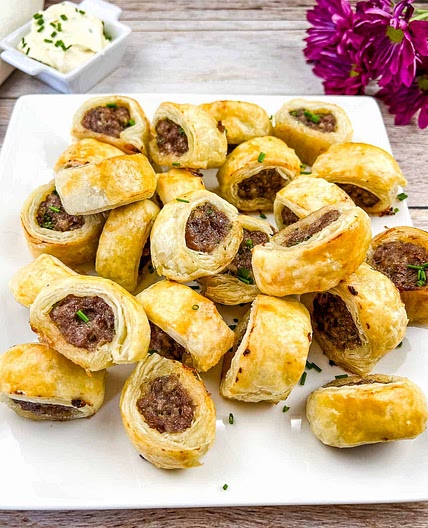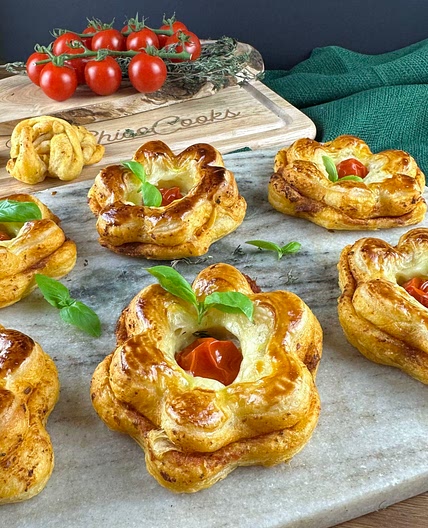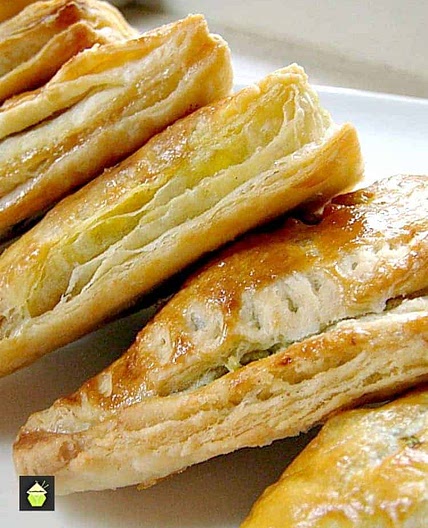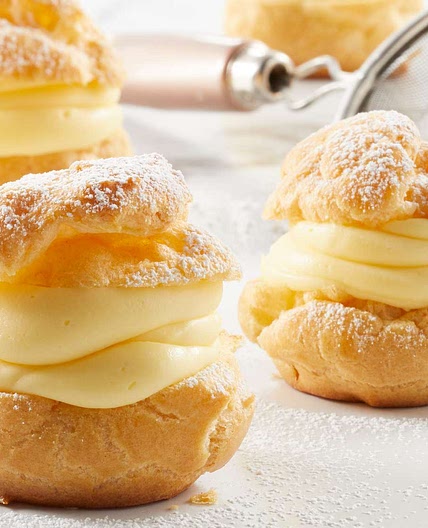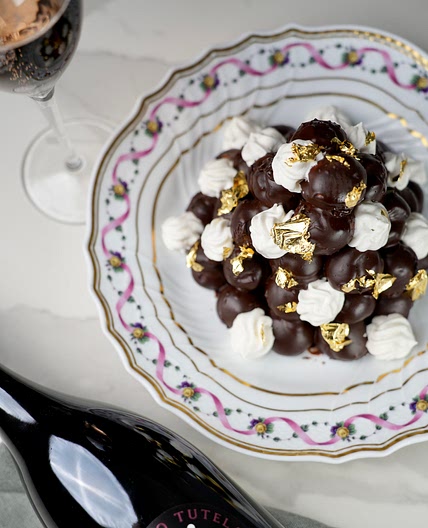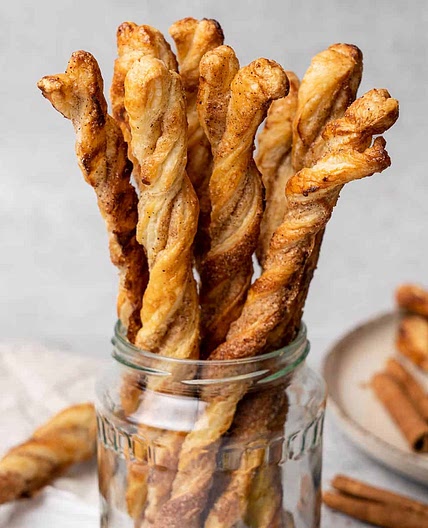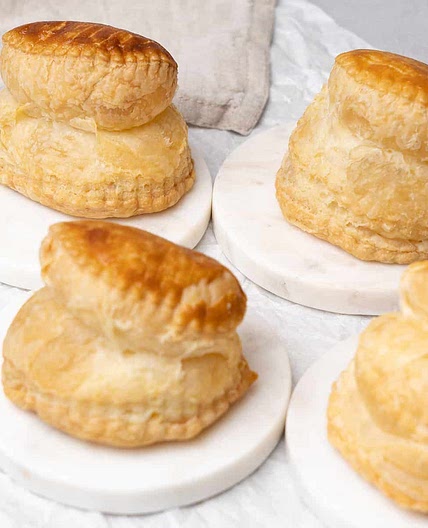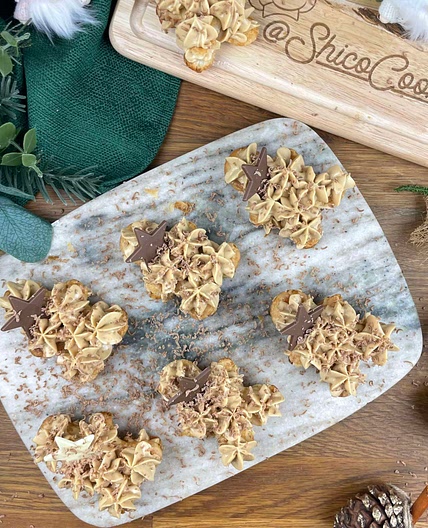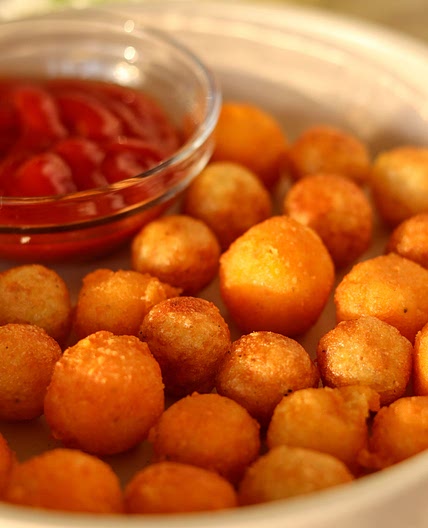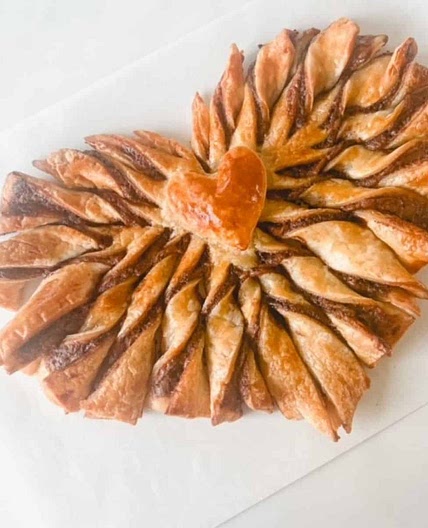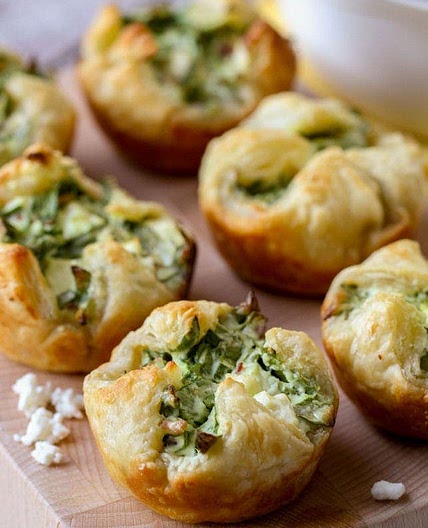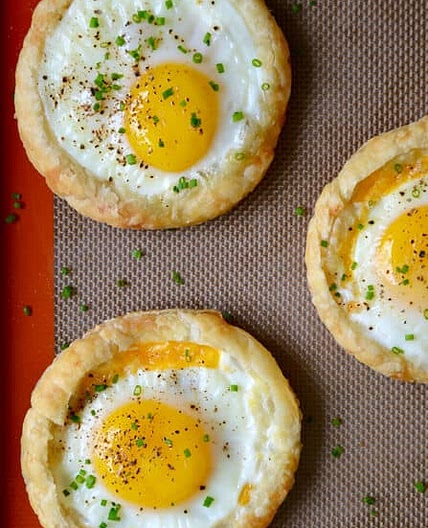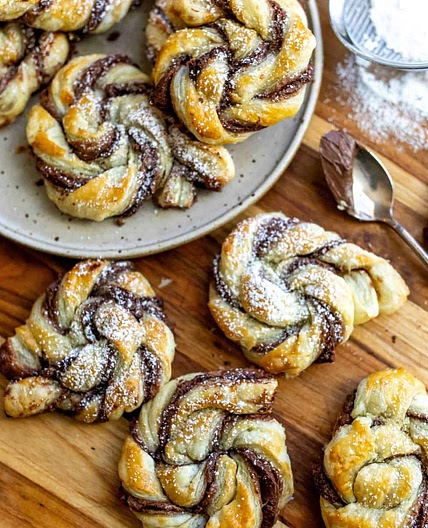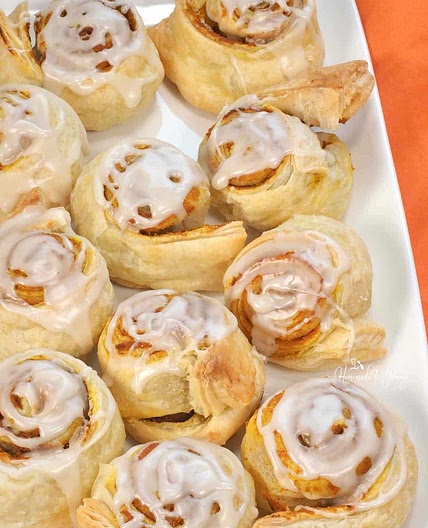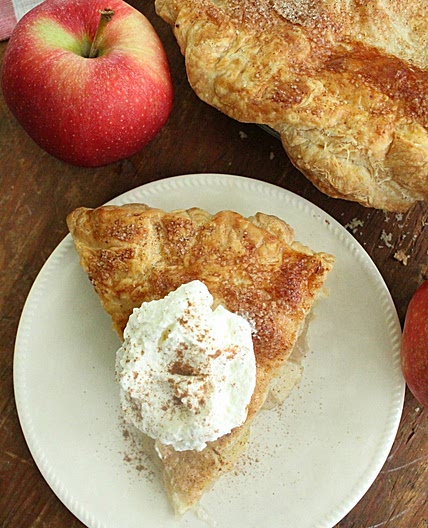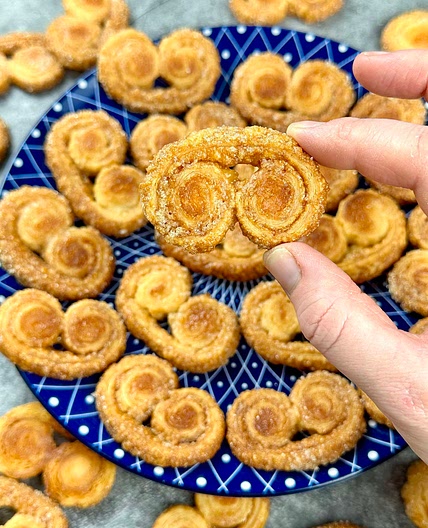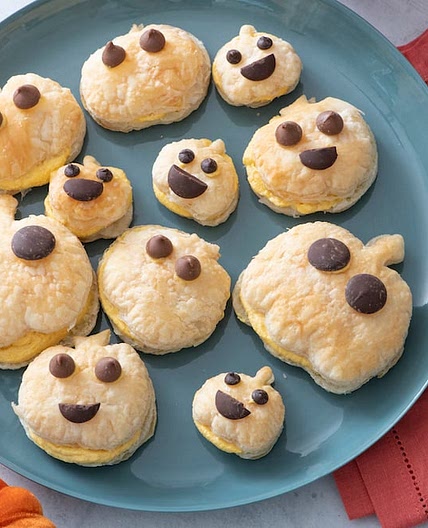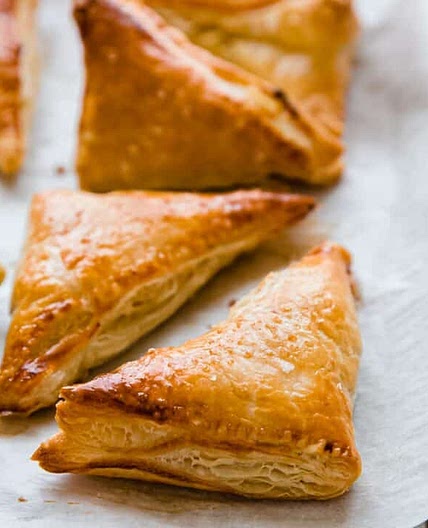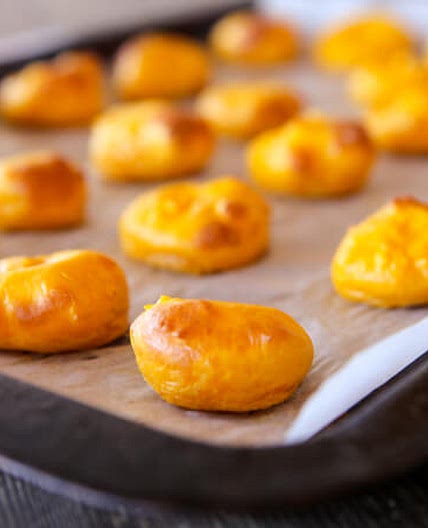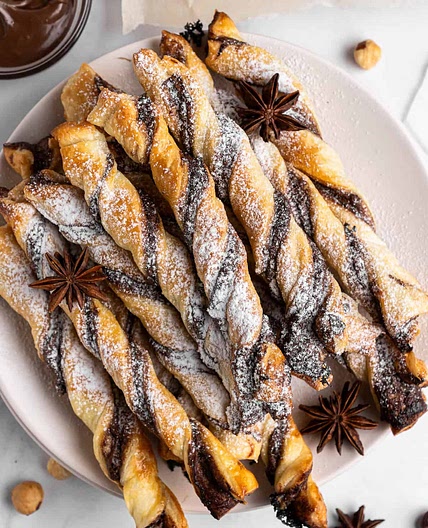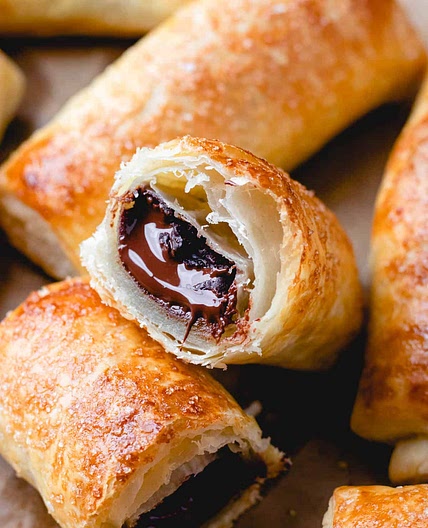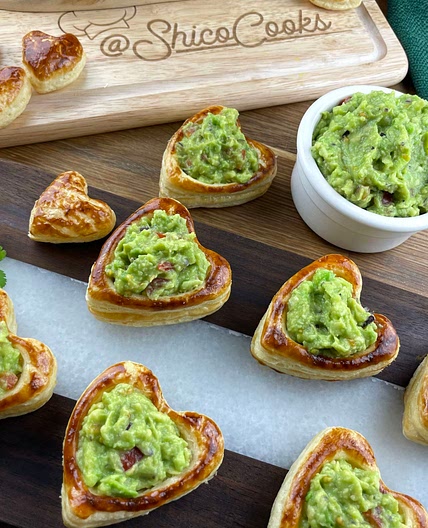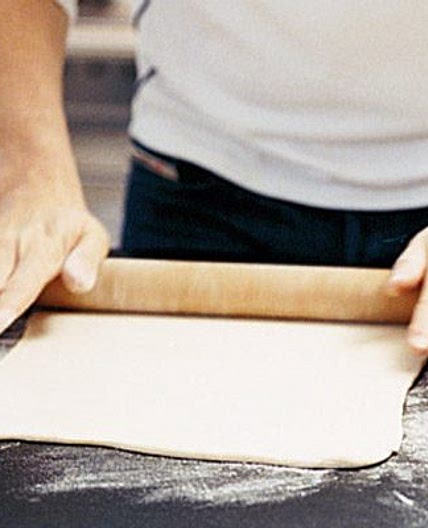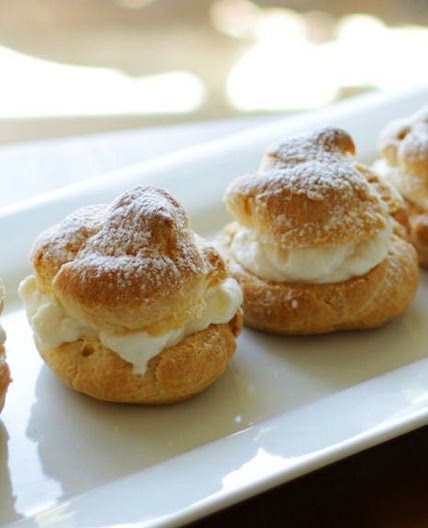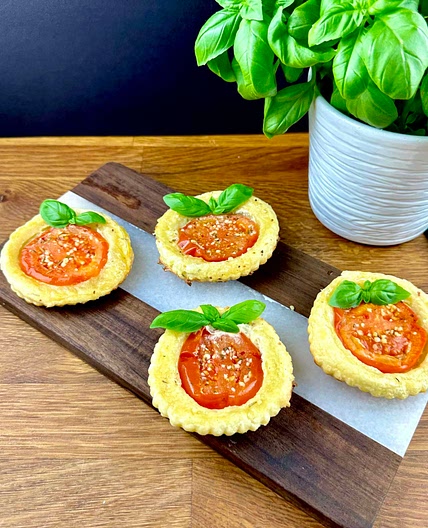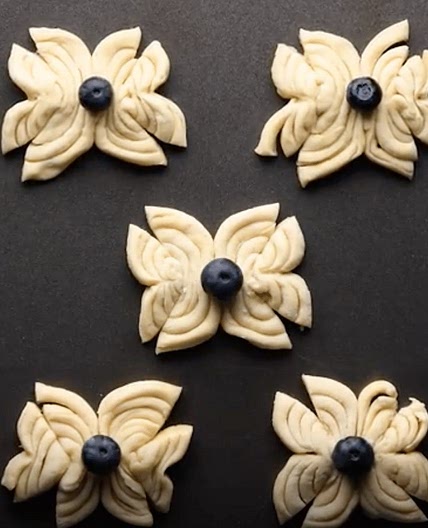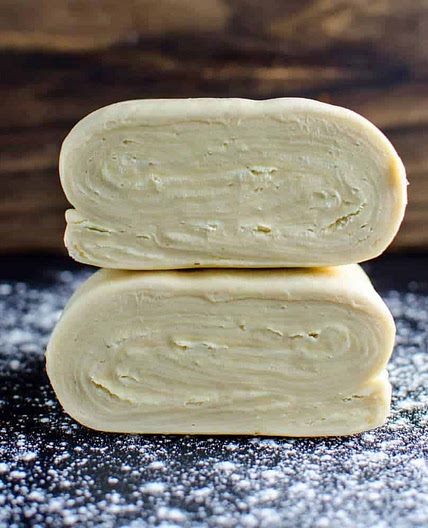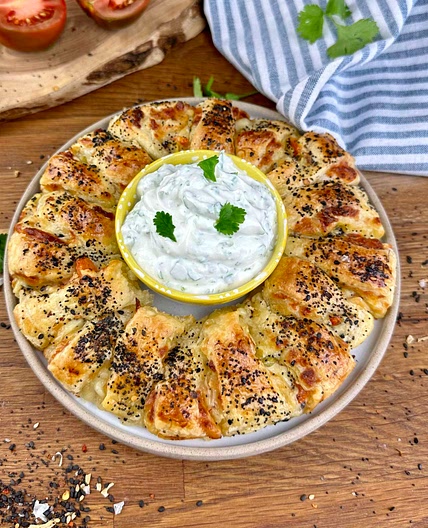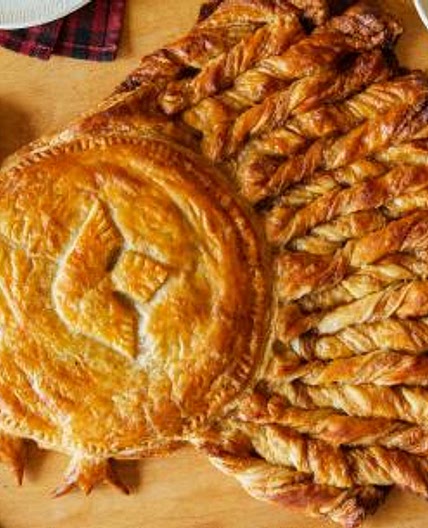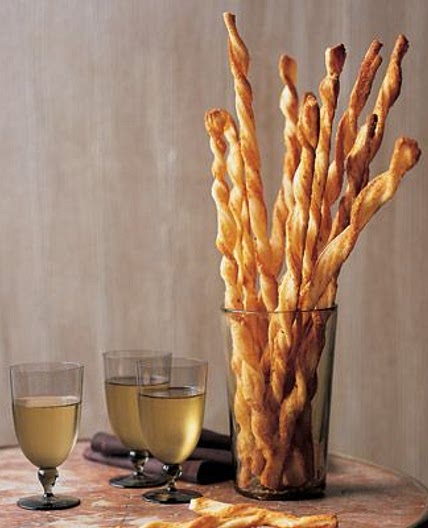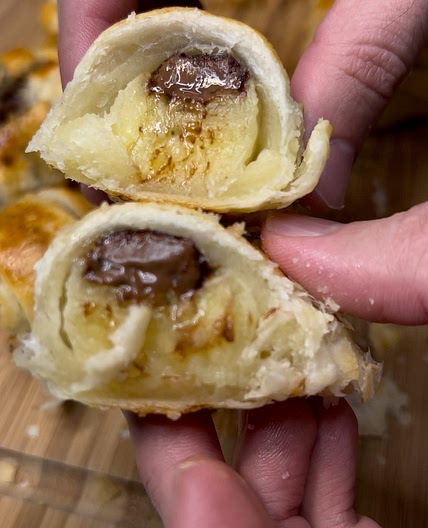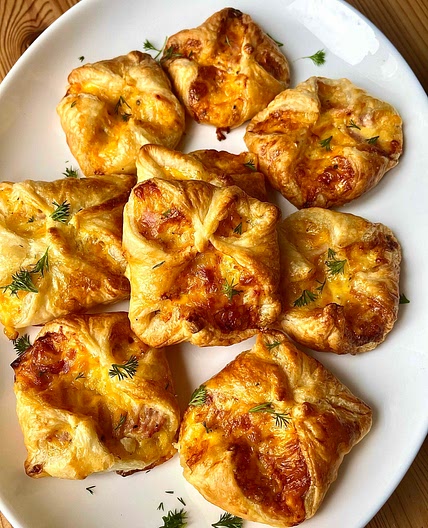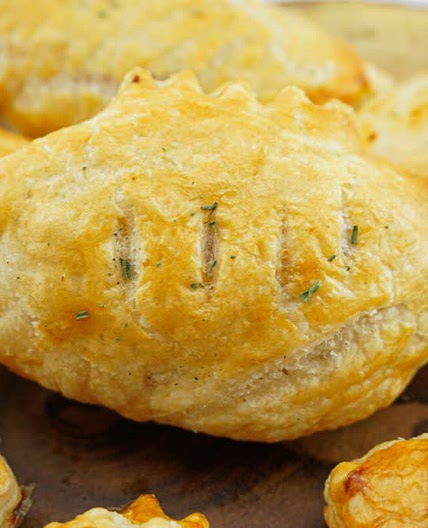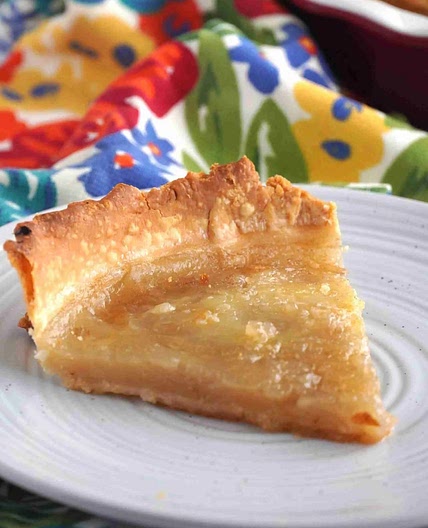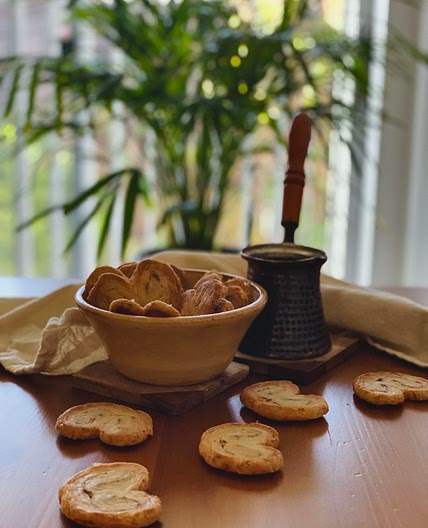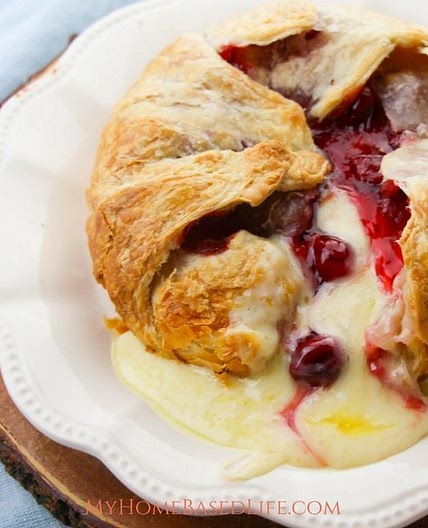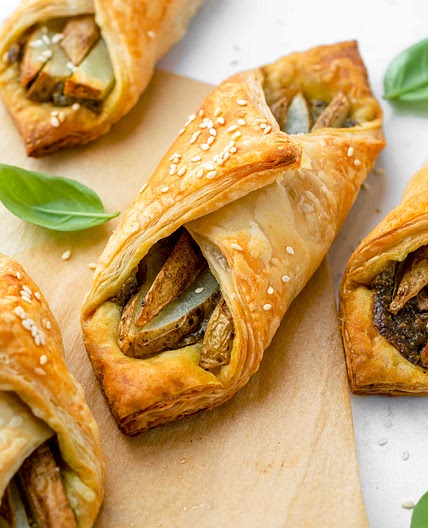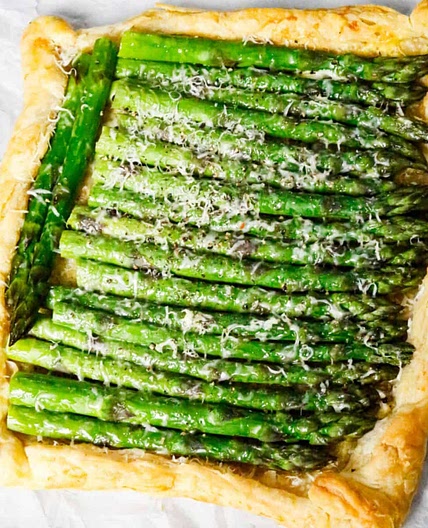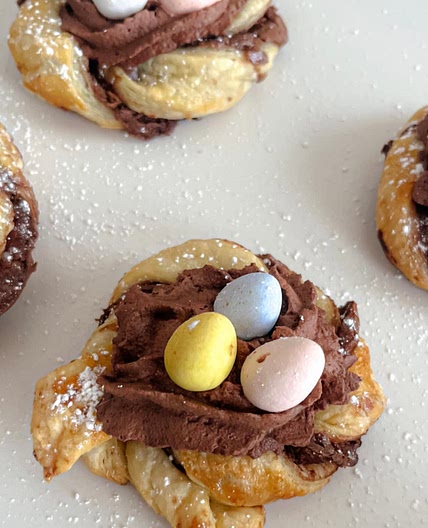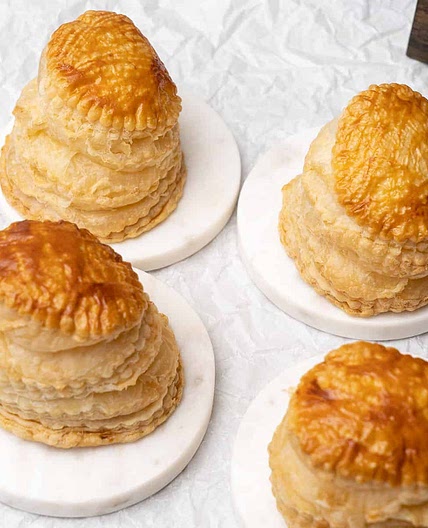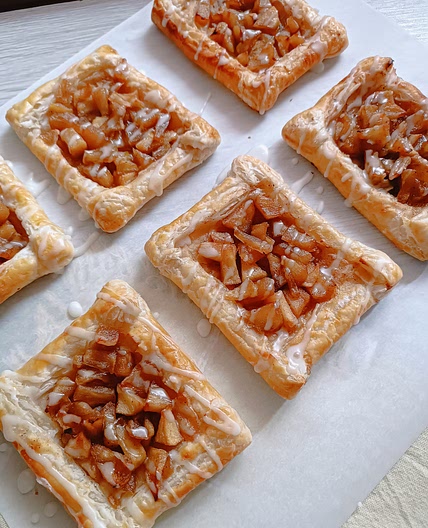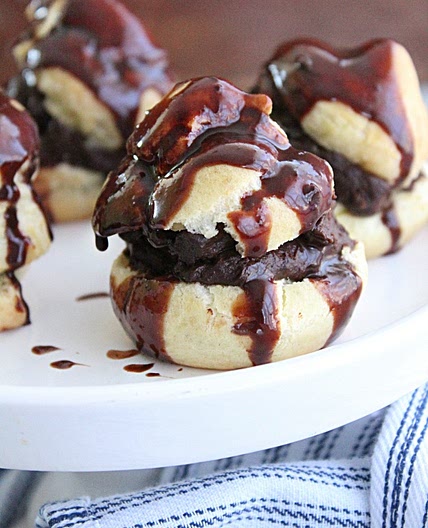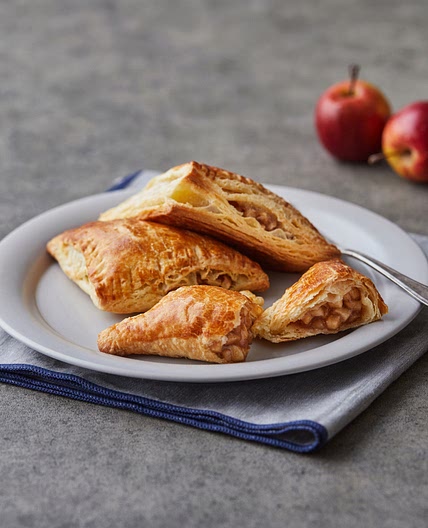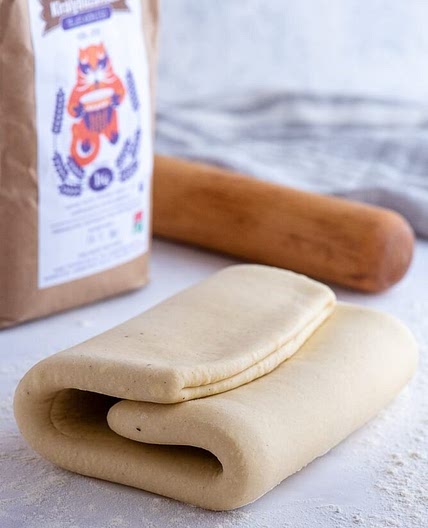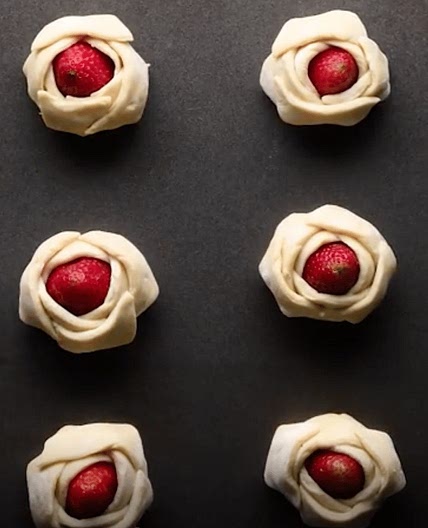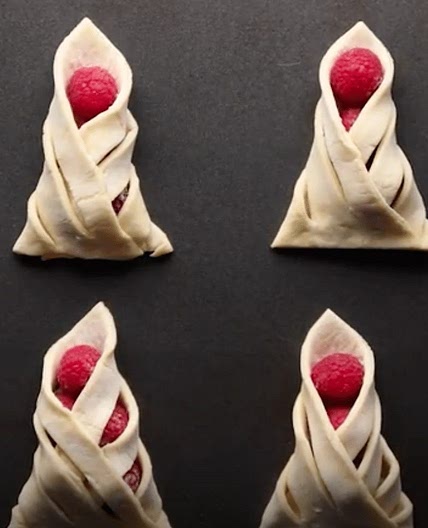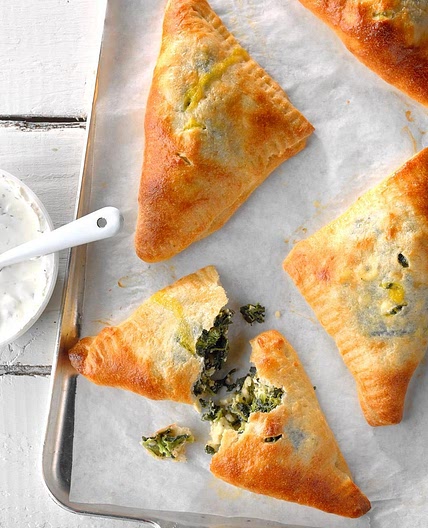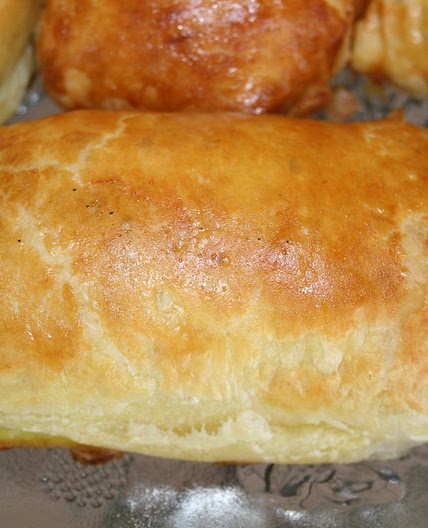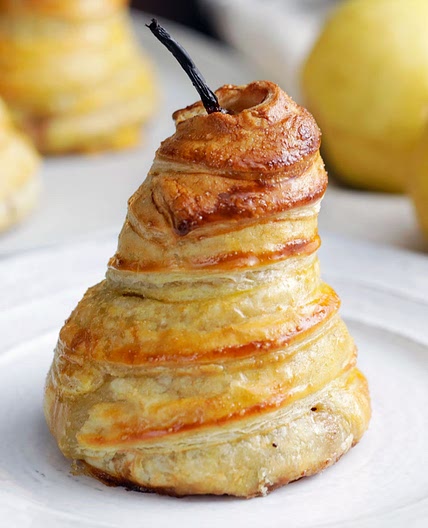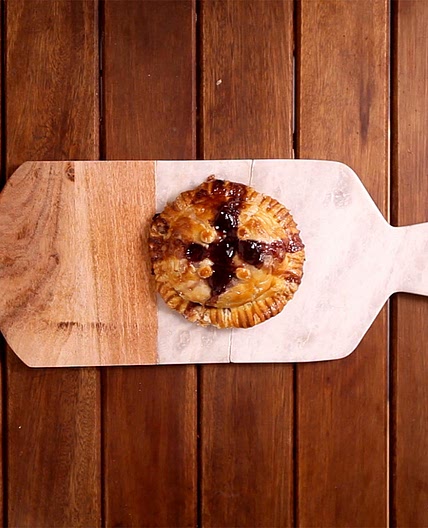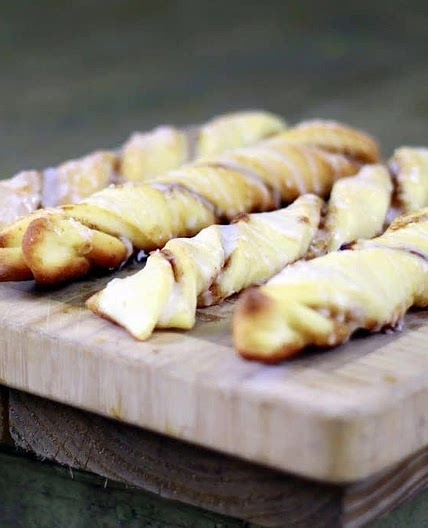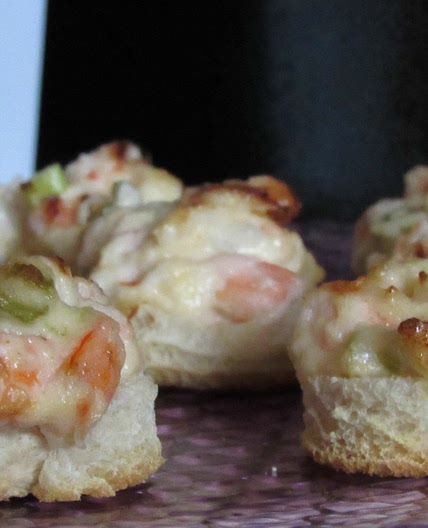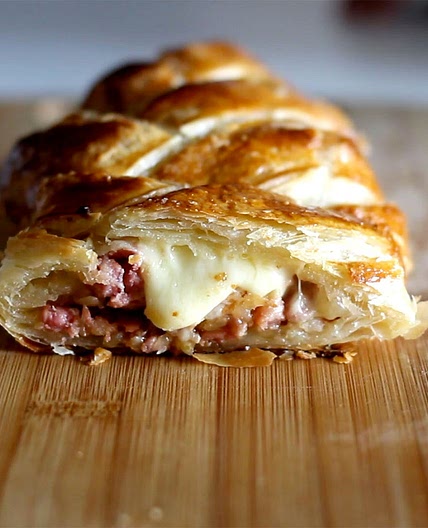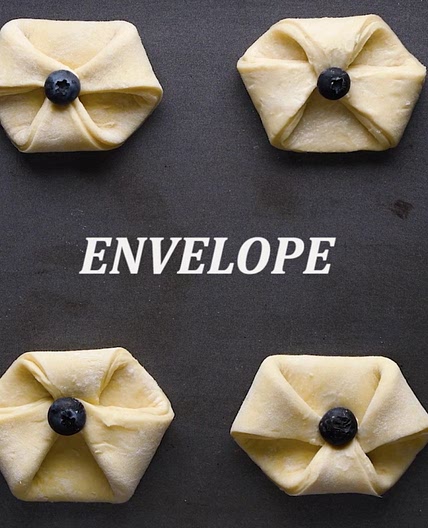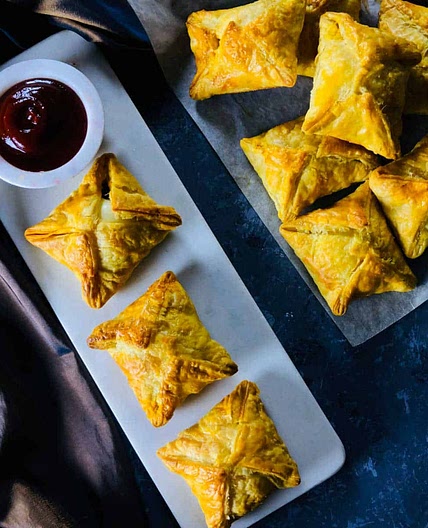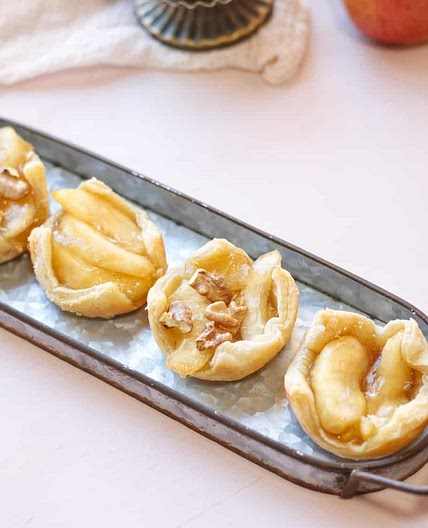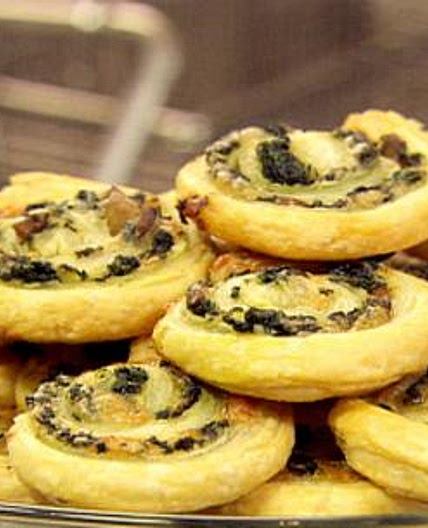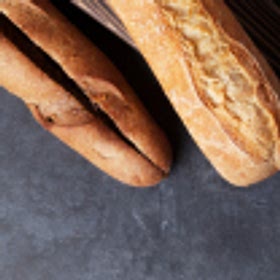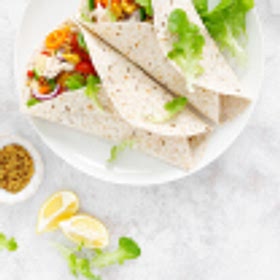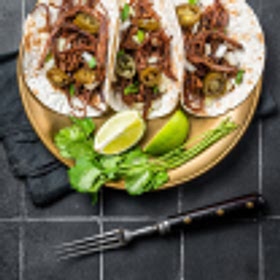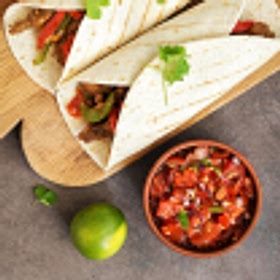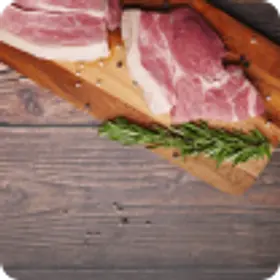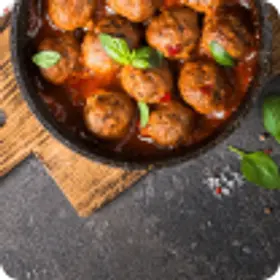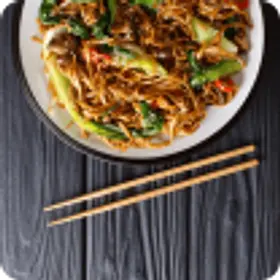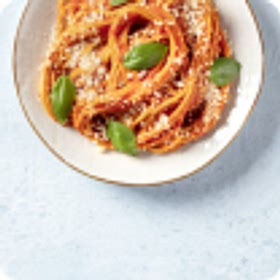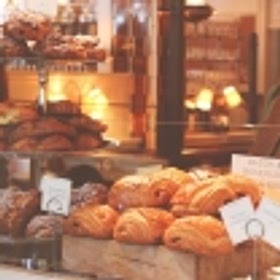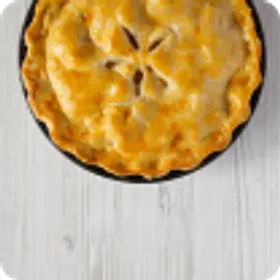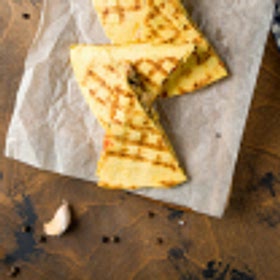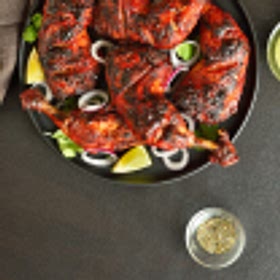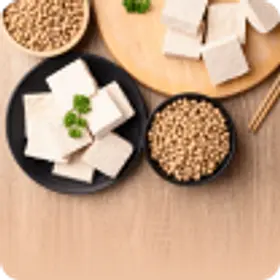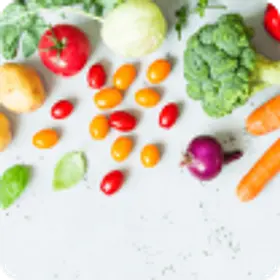Puff Pastry: The Foundation for Many Confectionary Goodies
Puff pastry is a culinary artform, with flaky layers and endless possibilities. Explore its versatility in sweet and savory creations and learn how to work with this delicate dough to create delectable pastries. It’s found in everything from pies to pastries, and is rich and buttery enough to stand up to even the boldest flavor profiles. No wonder puff pastry is the kind of dough that has captivated bakers and food enthusiasts for centuries.
Photo by Vita Marija Murenaite on Unsplash
History and Culinary Heritage of Puff Pastry
Photo by Tabitha Turner on Unsplash
You might think of puff pastry as being quintessentially French. After all, they’re the masters of everything pastry. But it can actually be traced back to ancient times, with its roots in Middle Eastern and Mediterranean cuisines. Its development can be credited to the mastery of layered dough techniques by early pastry chefs.
However, it wasn’t until the Renaissance in France that puff pastry gained popularity in the Western world. The French elevated the art of puff pastry, perfecting its flaky texture and using it as a base for numerous sweet and savory creations, making it an integral part of French cuisine in the process. So that’s why we think of it as a typically French ingredient.
Puff Pastry Versatility
Puff pastry offers almost endless possibilities when it comes to creating delightful culinary creations, from sweet to savory.
Puff pastry serves as the foundation for a wide range of sweet treats, including:
- Fruit danishes: Enjoy the combination of buttery pastry and fresh fruits with delectable fruit-filled danishes.
- Napoleons: Layer puff pastry with luscious cream and fruit fillings for an elegant and indulgent dessert.
- Palmiers: Delight in crisp and caramelized sugar-coated puff pastry shaped into delicate palmier cookies.
Puff pastry also shines in savory dishes, adding a flaky and rich element to:
- Vol-au-vent: Create elegant puff pastry shells that can be filled with savory fillings such as chicken, seafood, or mushroom duxelles.
- Cheese straws: Savor the crispy and cheesy goodness of puff pastry twisted into delightful straws.
- Spinach and feta triangles: Experience the perfect combination of spinach, feta cheese, and puff pastry in these delectable savory triangles.
How to Work with Puff Pastry
Photo by Sanjip Kadel on Unsplash
Pastry is notoriously difficult to get right. Though not as delicate as things like souffle or macarons, getting your puff pastry perfect when you’re making it from scratch isn’t always as easy as you might think.
To achieve the perfect flaky and delicate texture of puff pastry, consider the following tips and techniques:
- Keep it cold: Ensure that all ingredients, including butter and water, are chilled before working with puff pastry. Cold dough and butter prevent the layers from melting too quickly during baking, resulting in a flaky texture.
- Layering and folding: The key to achieving the characteristic flaky layers of puff pastry lies in the process of folding and rolling the dough. The repeated folding and rolling create thin layers of dough separated by butter, which creates the flakiness when baked.
- Rest and chill: Allow the prepared puff pastry dough to rest and chill between each round of rolling and folding. This resting period helps relax the gluten and allows the butter to solidify, ensuring optimal layer formation.
FAQs
Can I freeze puff pastry?
Yes, puff pastry freezes well. Store it tightly wrapped in plastic wrap or an airtight container, and it can be kept in the freezer for up to a few months. Thaw it in the refrigerator before using.
Can I make my own puff pastry?
While making puff pastry from scratch can be a labor-intensive process, it is possible to make it at home. However, store-bought puff pastry is a convenient alternative that saves time without compromising on quality.
